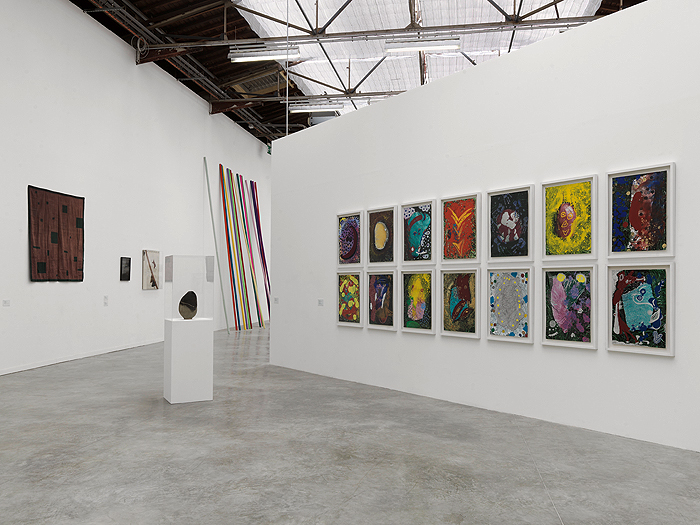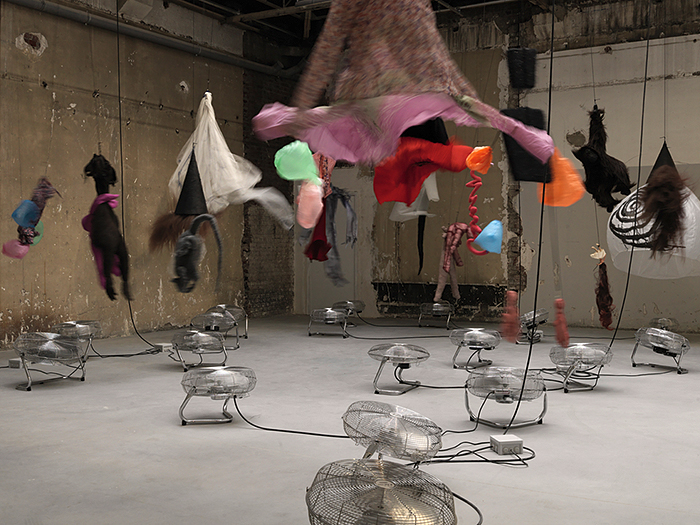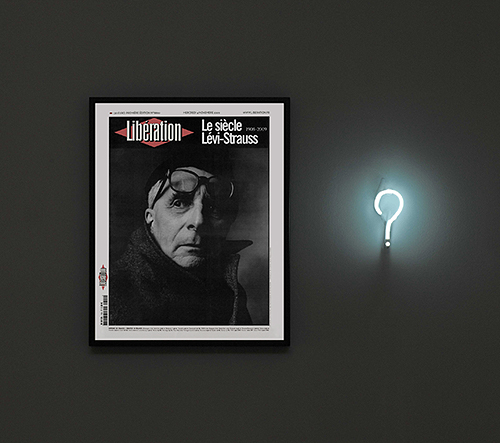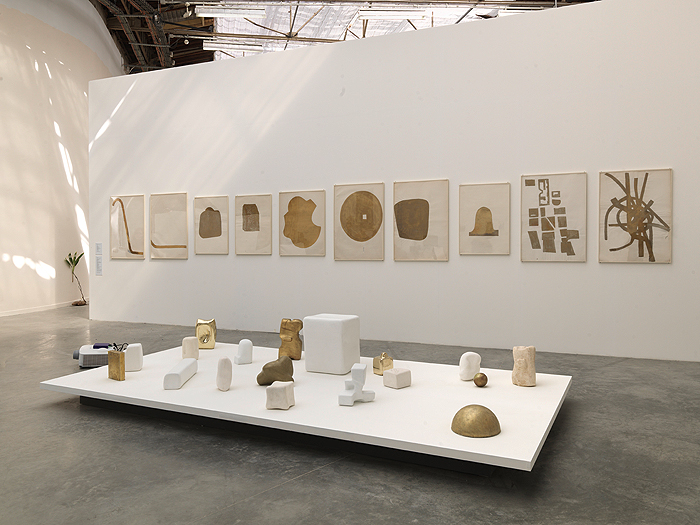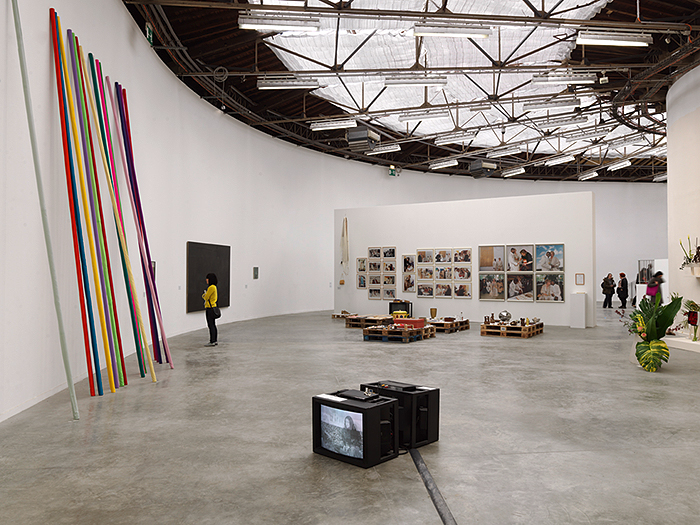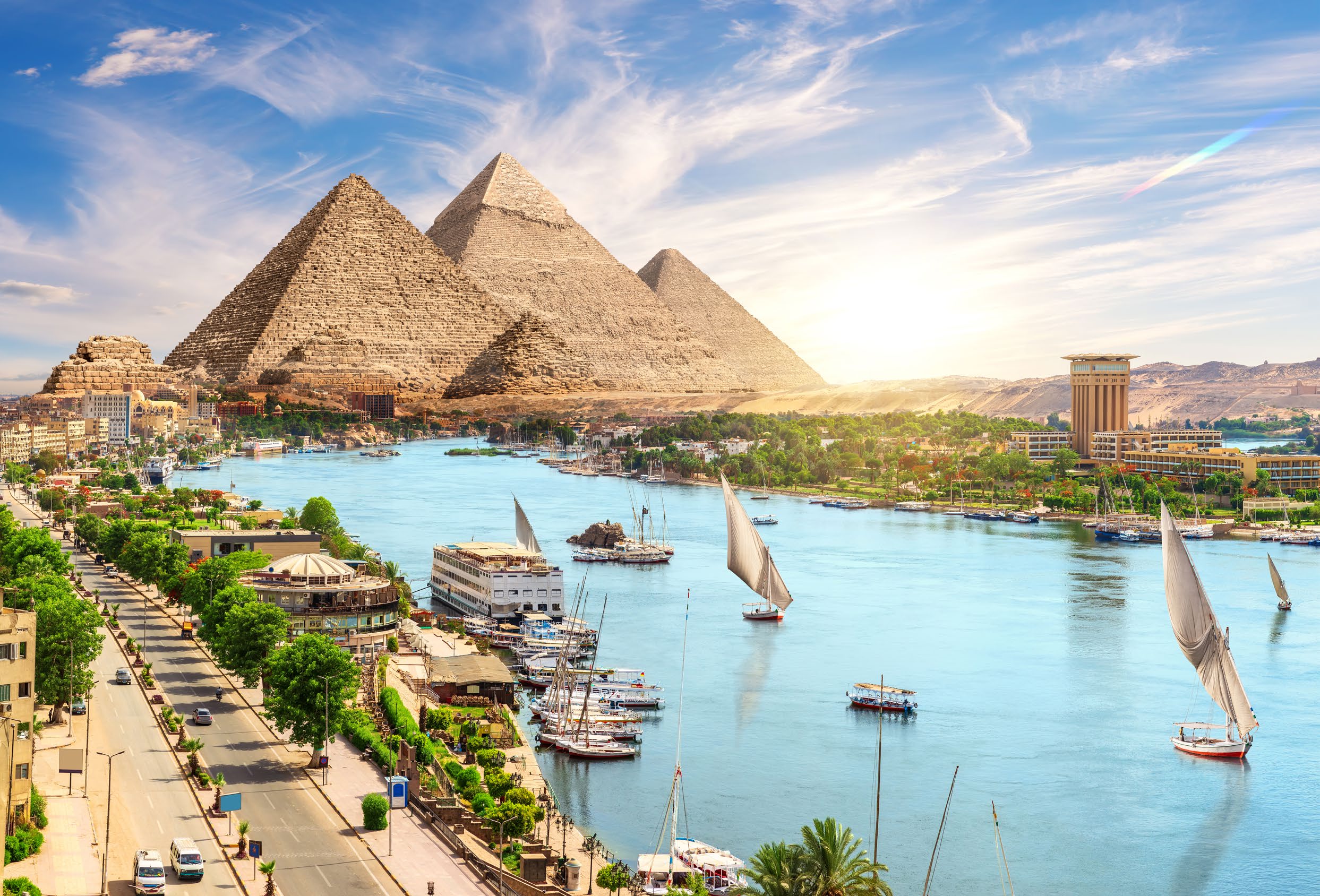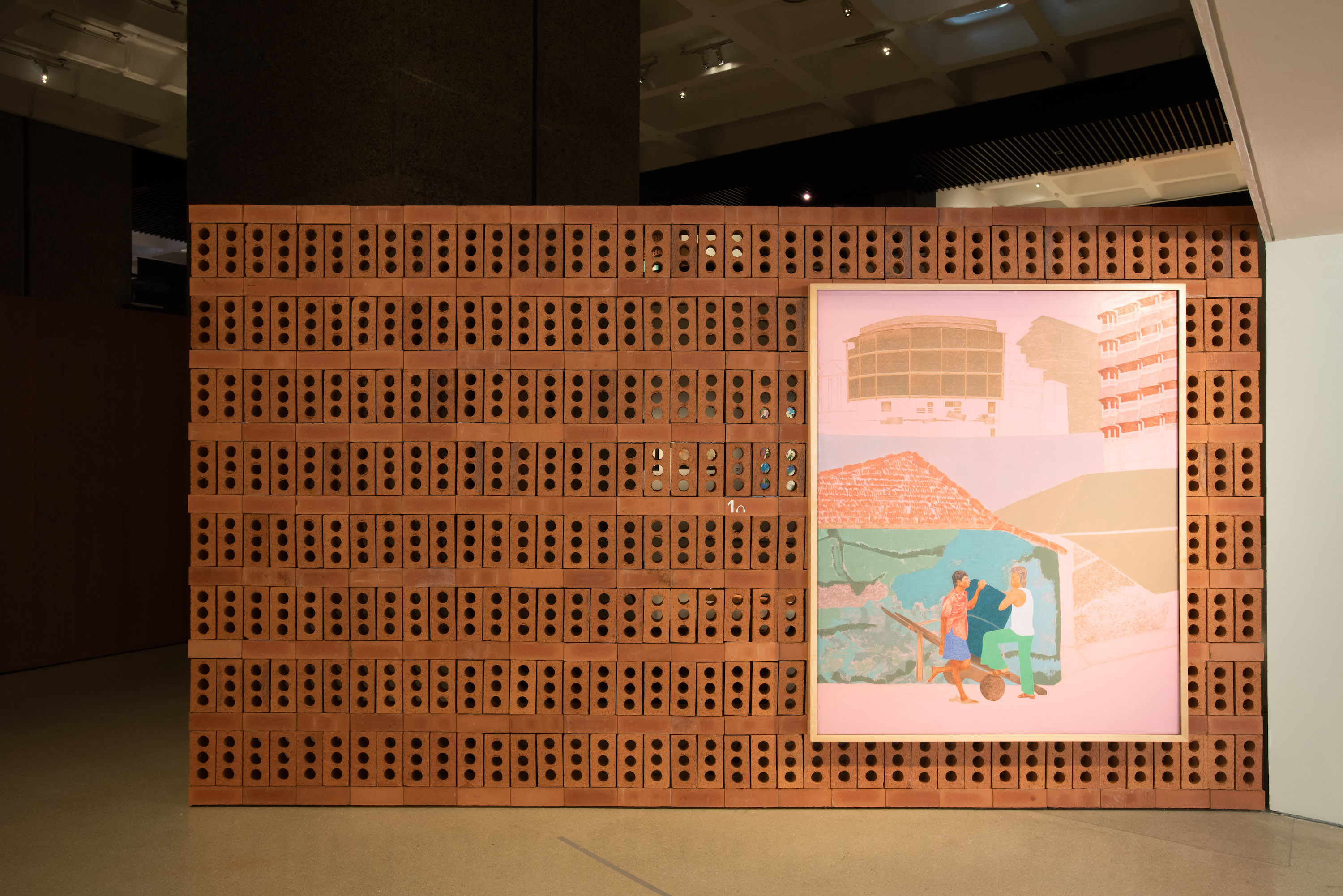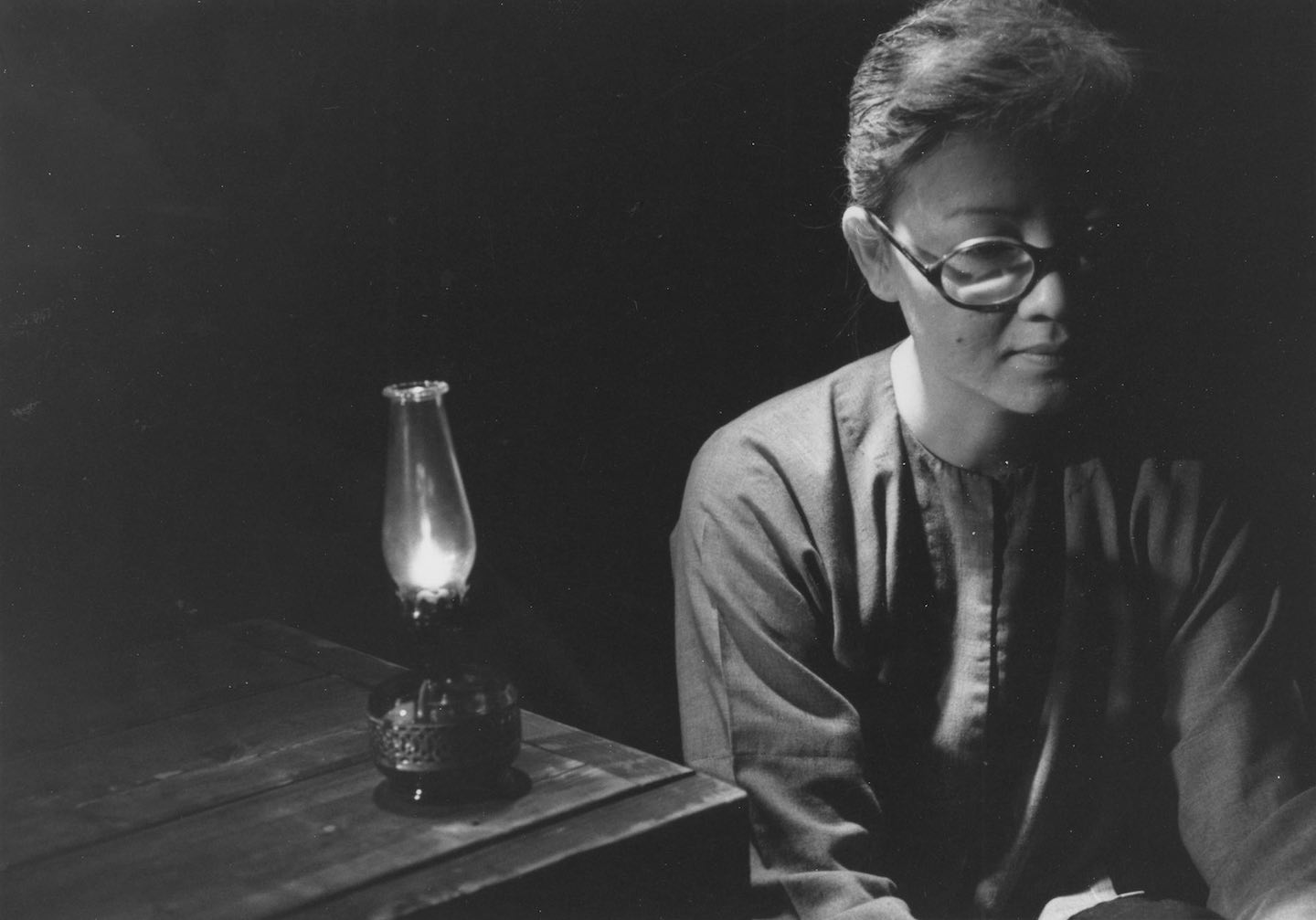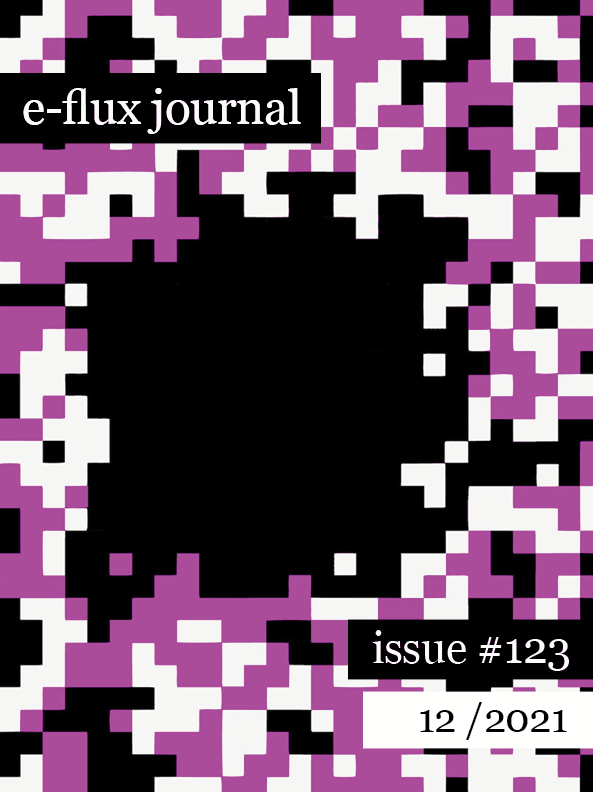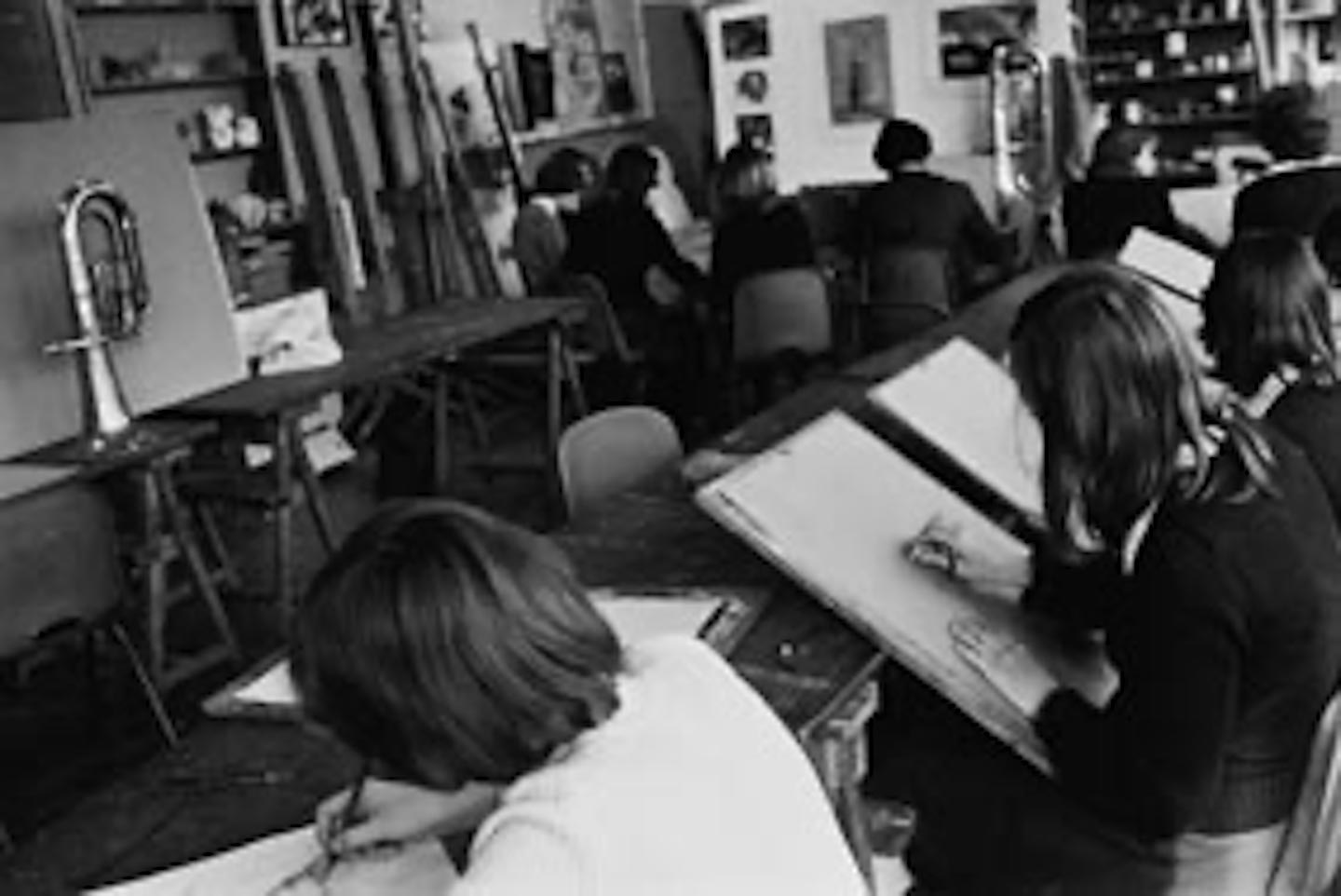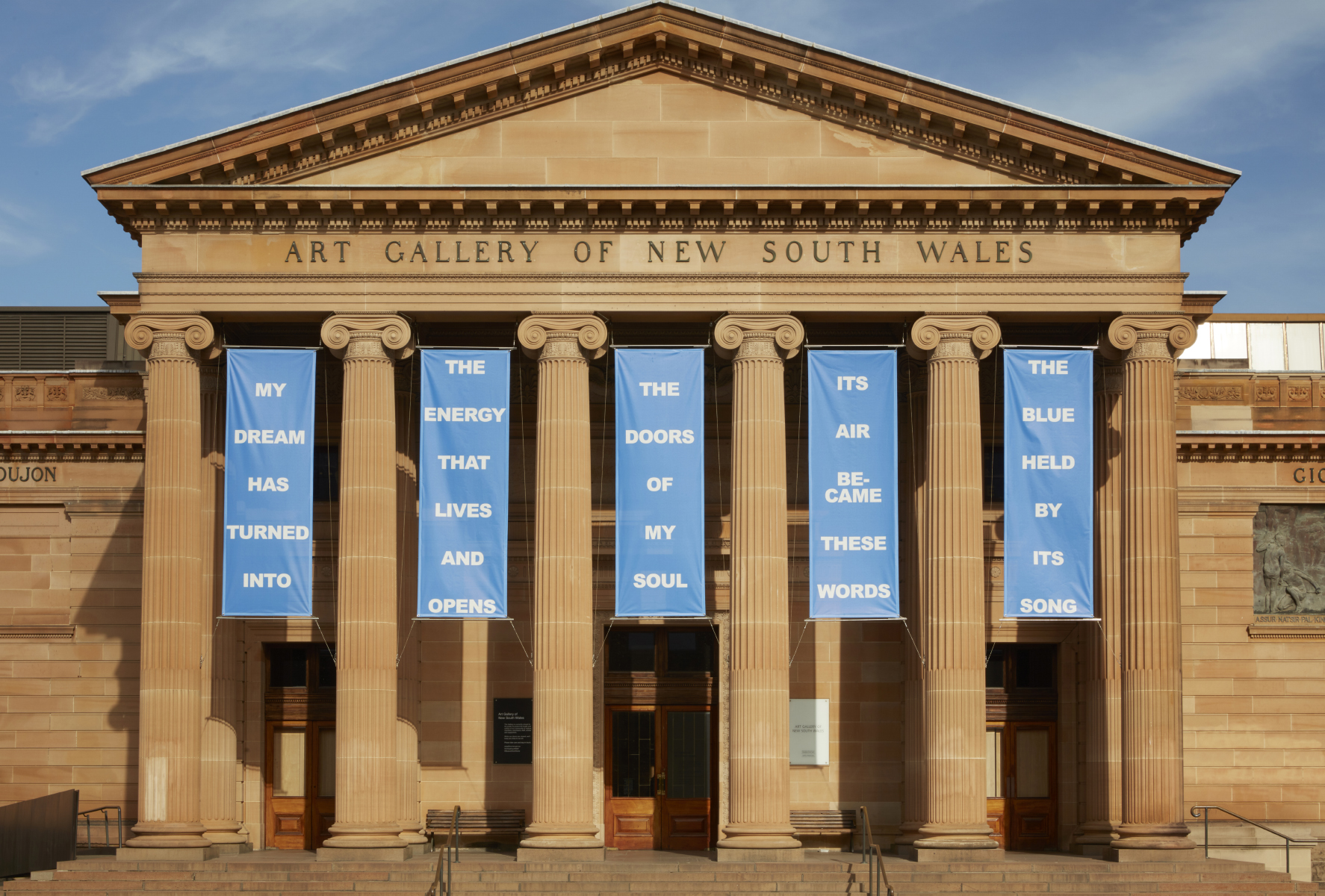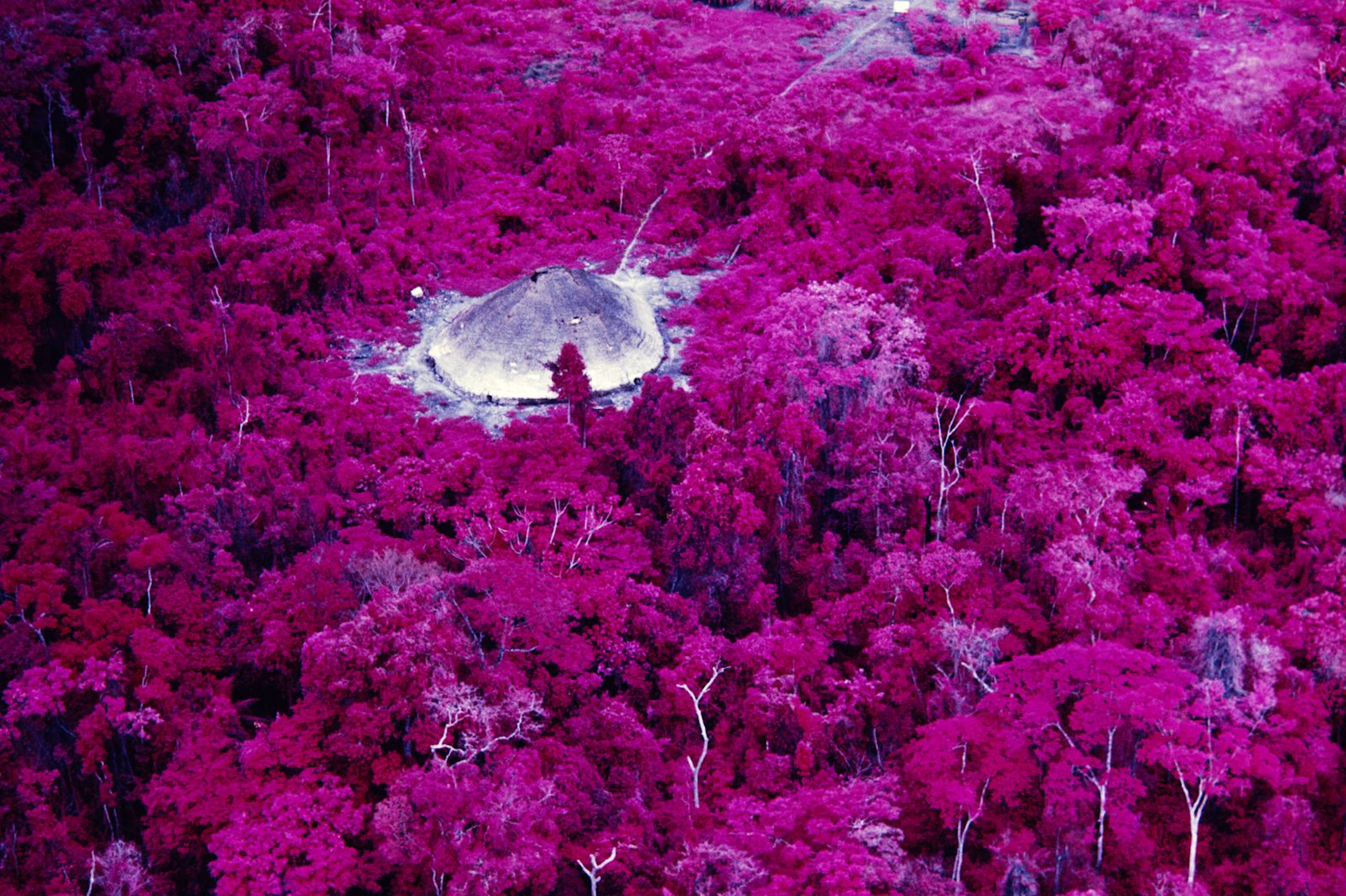La Triennale, Milano
April 20–August 26, 2012
Whatever one may say about this exhibition, it cannot be denied that it possesses the virtue of necessity. This sense of necessity is made all the more evident by its contrast with the ignominious and highly anachronistic nationalism of the last two vague and ultimately superfluous triennials, both of which were limited to artists of French origin or living in France, and which were consequently less motivated by any real or imagined stakes than a desire to oxymoronically assert France’s relevance on the international scene. Coherent to a fault, this monumentally ambitious triennial has more elevated objectives in mind: it seeks to respond to the complex cultural exigencies, multifarious ethnic tensions, and artificial post-national dilemmas of its current French, European and international context, while playing off of and taking a deep bow to France’s rich anthropological heritage. Organized under the matter-of-fact stewardship of Okwui Enwezor with the assistance of curators Mélanie Bouteloup, Abdellah Karroum, Emilie Renard, and Claire Staebler, “Intense Proximity” is essentially predicated upon the following global and post-colonial predicament: what happens when the distance between the colonizer and the colonial subject, or, in broader strokes, near and far, visible and invisible, collapses? This leads to what Enwezor identifies as “intense proximity,” defining it “as the degree of nearness in which cultural, social, and historical identities and experiences share and co-exist within the same space, while exposing the fault lines of cultural antagonism.” This is engendered by a state of contact, which right-wing conservatives, protectionist policies, and psychotic xenophobes like Anders Breivik (in case you doubted the utterly terrifying topicality of these issues) would seek to prevent as much as inhumanly possible, and for which Enwezor, on the contrary, aesthetically lobbies in the form of intense proximity. The current cultural and political anatomy of France, all but roiling with ethnic friction, a subtle form of state-sanctioned religious intolerance, and a general allergy, as demonstrated yet again in recent elections, to its own colonial history, offers, to say the least, a perfect opportunity to elaborately dwell on these issues.
That said, given such questions and imperatives, one might potentially be led to expect an exhibition as un-nuanced and devoid of poetry as it is didactic, but, despite a solid handful of unhappy exceptions, this is not the case. “Intense Proximity” is as sensitively handled, nuanced, and, at times, curatorially virtuosic as any exhibition of this stature and nature could hope to be (for the record, this review will concentrate on the main body of La Trienniale at the Palais de Tokyo, which features a mere 113 participants, deliberately neglecting its seven other worthy appendages both in and around Paris for the sake of critical humility). Spread out among the three floors of the newly renovated Palais de Tokyo, the exhibition begins on the brightly lit ground floor and wends its way downward into the Palais’s Piranesian depths, making for an oddly speleological experience.
Unequivocally stating the terms by which it would like to be conceptually, historically, and socially negotiated, “Intense Proximity” is spatially inaugurated by Rirkrit Tiravanija’s enormous spray-painted installation in the foyer, which reads: FEAR EATS THE SOUL (2011). The exhibition then proceeds according to themes, which blur into one another throughout the three floors. Themes range from gloriously absurd instances of the Other (as in David Hammons’s masterfully concise Stone with Hair [1998], a head-sized stone whose upper half is covered with closely cropped, African curls); the de-exoticized landscape (Thomas Struth’s suffocatingly rich close-ups of lush tropical vegetation and Guy Tillum’s deflatingly un-romantic tropical landscapes); the fictional or home-movie documentary (Yto Barrada’s appropriated collage of home movies from the 60s and Ivan Boccara’s Memoirs of Nifta [2011], a documentary based on his own family’s film footage); contamination (Haroon Mirza’s sculptural, self-distorting sound installation Cross Section of a Revolution [2011]), the morphological motif and/or disfigured body (Marcia Kure’s multimedia depictions on paper, or alternatively, Annette Messager’s hauntingly seductive installation of hanging garments blown about by fans); anthropological missteps and illusions (Clemens von Wedemeyer’s The Fourth Wall [2008–10], a film installation about the Tasaday controversy regarding the discovery in 1971 of a supposedly ancient tribe of indigenes in the Philippines); and suppression (Alfredo Jaar’s depressingly and inartistically literal presentation of the Bin-Laden White House assassination image). Propinquity was of course a major theme (for sheer curatorial wit, the inclusion of one of Haim Steinbach’s shelving sculptural installations, featuring two tomato-shaped door mats, two yellow “Wet Floor” signs, and a small black turd-like vase could not be beat), which ultimately bled into the overall, aegis-like leitmotif of intense proximity (contact) and its effects.
Crucially, the leitmotif of contact carries over into the curating itself, which could even be said to postulate a method by which to negotiate intense proximity: reciprocal modification or transformation without the subversion of individual identity. One of the more canny instances of this would be the pairing of Levi-Strauss’s technically adroit ethnographic drawings of laboring hands with Pierre Verger’s stunningly beautiful photos of impoverished Brazilians. Their proximity mutually emphasizes the extent to which certain aesthetic models and practices simultaneously aid and conceivably prevent one from seeing the so-called Other. But perhaps no work undergoes as magical a transformation as Helen Levitt’s short, fourteen-minute documentary, In the Street (1945). Consummately consonant with Enwezor’s likening of the curator to ethnographer, this video, which largely consists of footage of children playing and dressed up for Halloween, assumes a distinctly ethnographic air in the context of this exhibition.
If a heavy hand can occasionally be descried lurking in the more ponderous corners of the exhibition, as in the blunt engagement with the media (Antoni Muntadas and, again, Alfredo Jaar), there is certainly no lack of subtlety and suggestiveness to be found throughout. To mention but a few: the 90-year-old Croatian artist Ivan Kožarić gilded prop-like abstract sculptures and works on paper; Wilfredo Lam’s gorgeously delicate drawings from the series Carnet de Marseille (1941); Chris Ofili’s recent luridly colorful Art-Nouveau-esque paintings; Karthik Pandian’s columnar geological film installation Unearth (2010); Camille Henrot’s Coupé/Décalé (2011), which features the jarring appearance of tourists in the ritualized setting of indigenous “bungee jumpers” in the Vanuatu islands; and Dominik Lang’s elaborate sculptural installation Sleeping City (2011), which consists of the artist radically reconfiguring his father’s figurative sculptural practice into a constellation of mutant hybrids. Lang’s installation could be read as a literal incarnation of T.S. Eliot’s oft-cited observation from “Tradition and the Individual Talent” (1921) when he observes the present’s capacity to modify the past and vice versa. Indeed, to potentially turn the fascist yet again in his grave, we could say that what he wrote of poets and artists is now truer than ever of nations, and perhaps even of ethnicities: “No poet, no artist of any art, has his complete meaning alone.” Such is the cumulative impression of walking around this colossal and timely exhibition. The more time you spend in it, the clearer becomes the extent to which something like intense proximity is a fact of life, that it exists, and has indeed existed for some time, meaning that any fascistic, protectionist notions of “purity,” cultural or otherwise, are now more a myth than ever.
